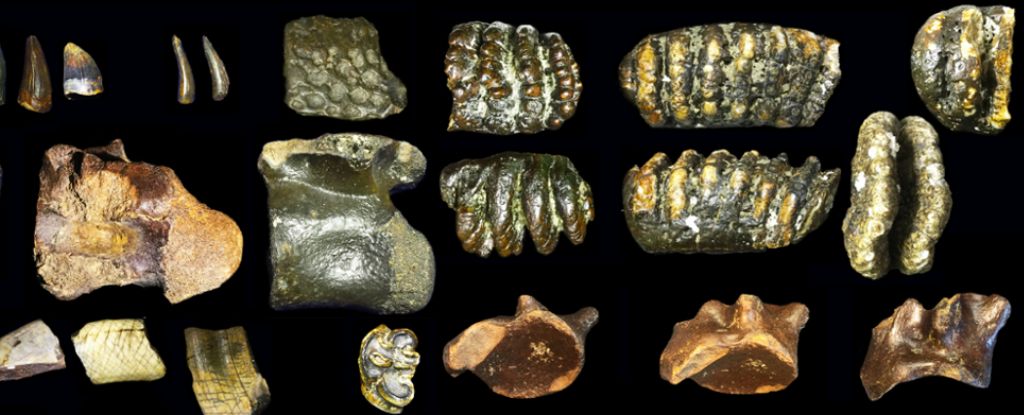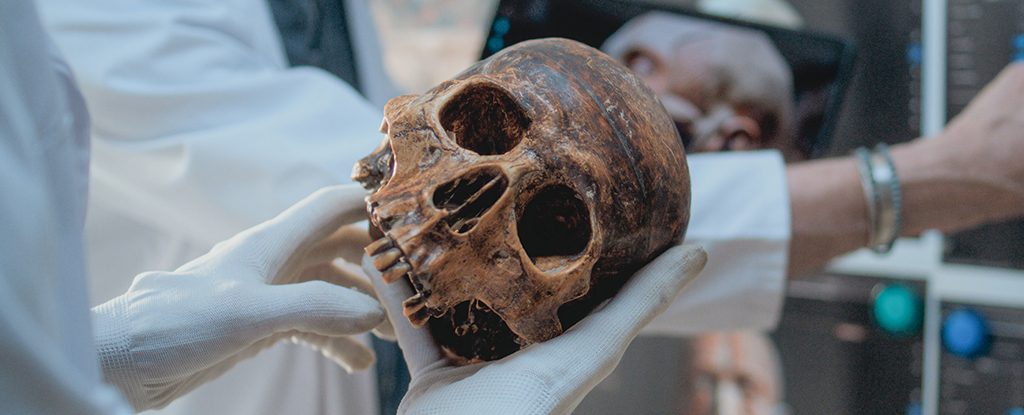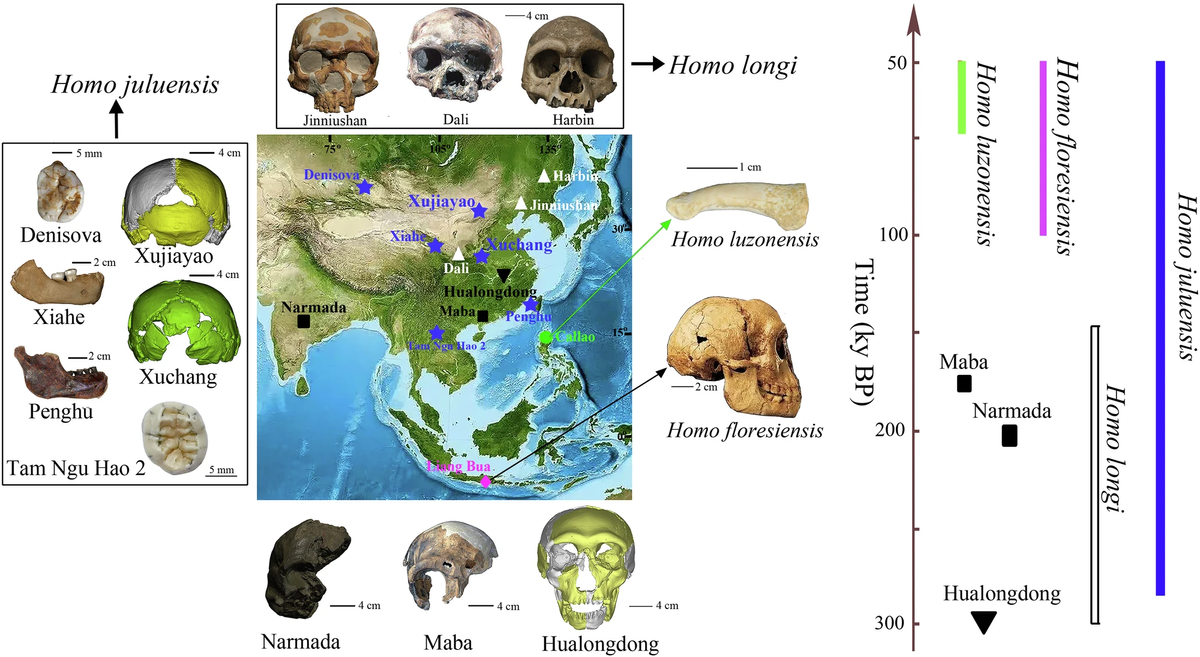
Archaic Humans
A number of varieties of Homo are grouped into the broad category of archaic humans in the period that precedes and is contemporary to the emergence of the earliest early modern humans around 300 ka. Omo-Kibish I from southern Ethiopia and the remains from Jebel Irhoud in Morocco and Florisbad in South Africa are among the earliest remains of Homo sapiens. The term typically includes Homo neanderthalensis, Denisovans, Homo rhodesiensis, Homo heidelbergensis, Homo naledi, Homo ergaster, and Homo antecessor. There is no universal consensus on this terminology, and varieties of "archaic humans" are included under the binomial name of either Homo sapiens or Homo erectus by some authors. Archaic humans had a brain size averaging 1,200 to 1,400 cubic centimeters, which overlaps with the range of modern humans. Archaics are distinguished from anatomically modern humans by having a thick skull, prominent supraorbital ridges and the lack of a prominent chin.



